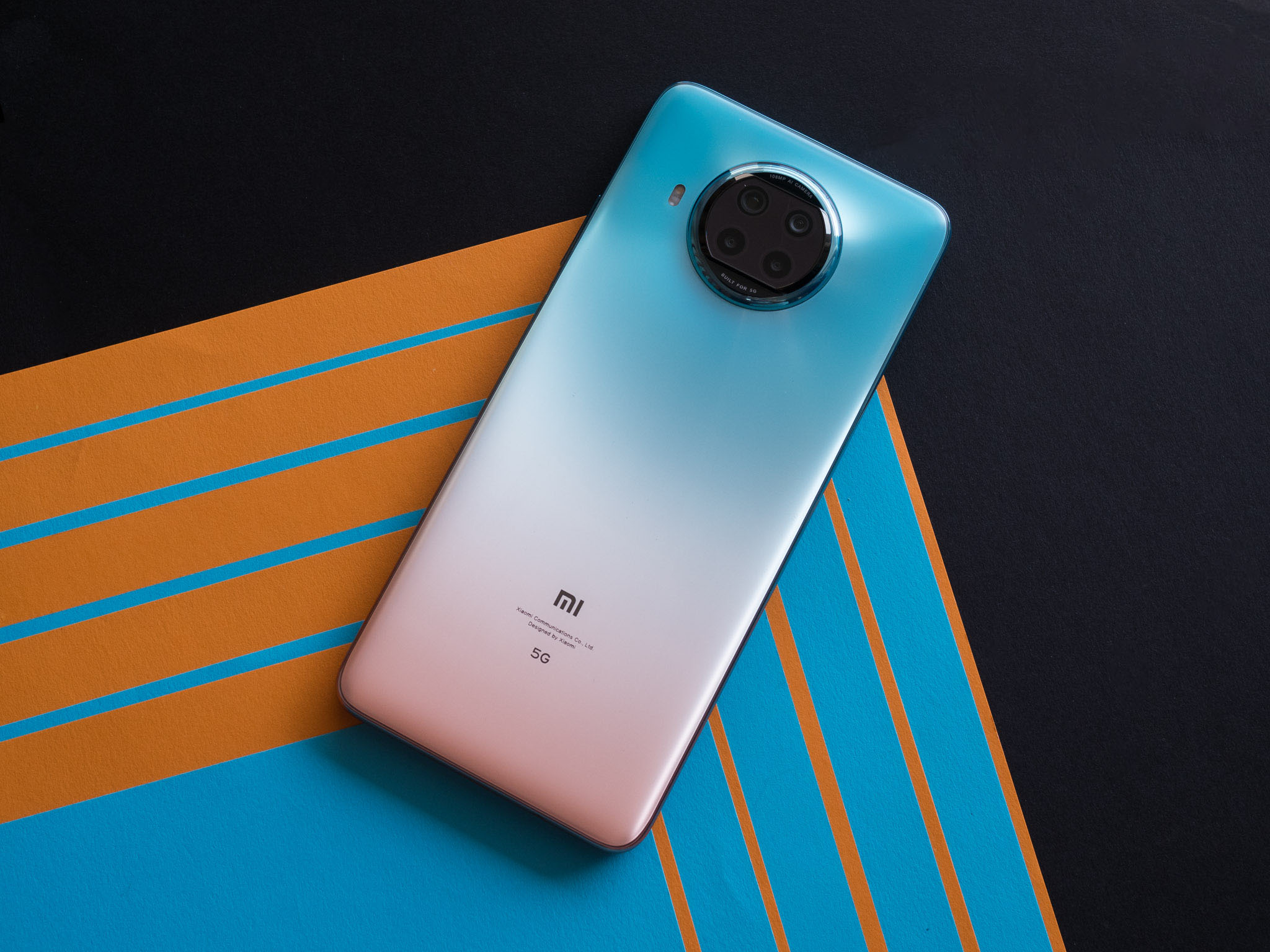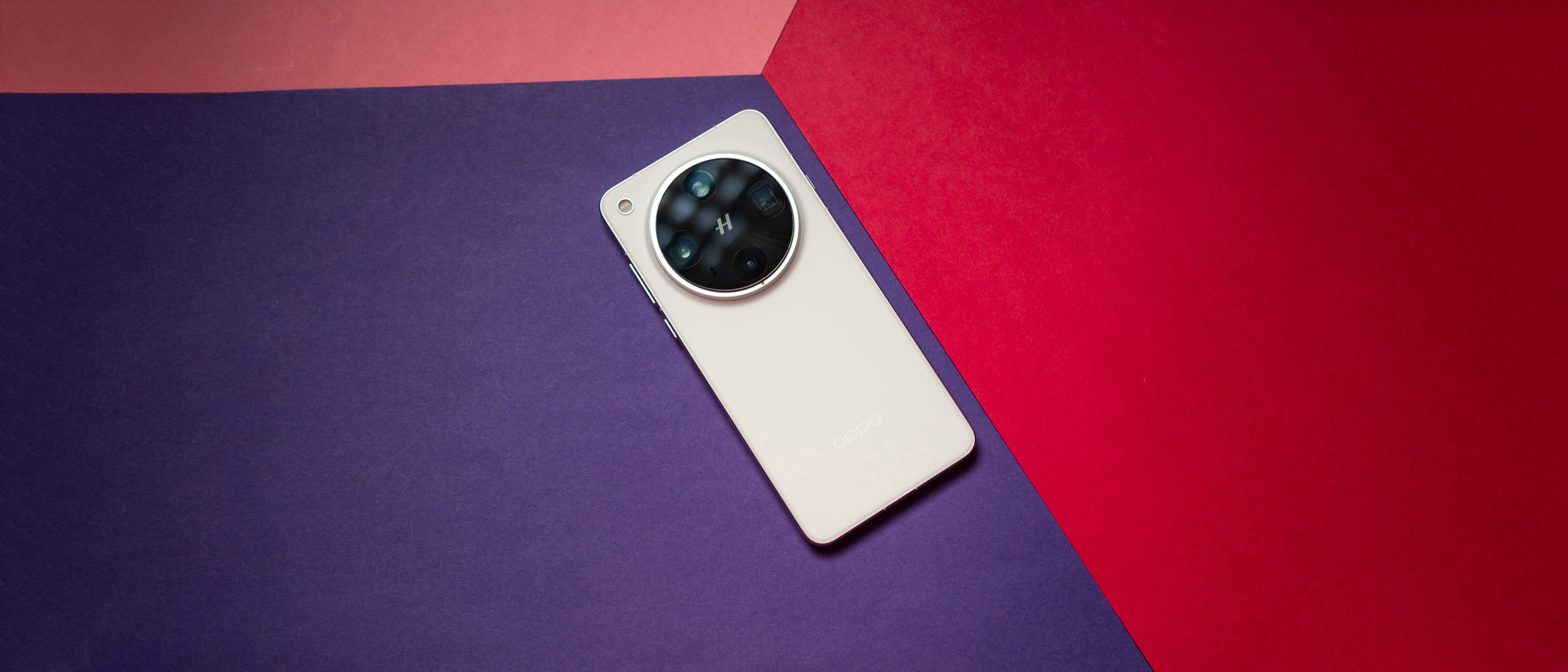Android Central Verdict
Bottom line: The Mi 10i has a gorgeous gradient design with orange and cyan hues, a standout 108MP camera, robust hardware in the form of the Snapdragon 750G with 5G connectivity, and you even get a 3.5mm jack and IP53 dust and water resistance. It runs Android 10 out of the box and there's a lot of bloatware, but the value on offer is incredible.
Pros
- +
108MP camera is legitimately good
- +
Gorgeous gradient design
- +
Stereo sound and 3.5mm jack
- +
Reliable internal hardware
- +
Excellent battery life with 33W charging
Cons
- -
Still on Android 10
- -
MIUI 12 has a lot of bloatware
Why you can trust Android Central
Xiaomi makes some of the best cheap Android phones you can buy today, and while the Redmi Note lineup accounts for a bulk of its sales, Xiaomi also has a strong showing in the mid-range and flagship segments.
In fact, Xiaomi redoubled its efforts in the flagship category last year with the introduction of the Mi 10 Pro, offering the same great 108MP camera as the Galaxy S20 Ultra and high-end hardware — with 50W wired and 30W wireless charging — for significantly less than Samsung.
Xiaomi followed up the Mi 10 Pro and Mi 10 with the Mi 10T series, and is now going down-market with its latest device in the Mi 10 series, the Mi 10i. The Mi 10i is a variation of the Mi 10T Lite, but it has significant tweaks that allows it to stand out in Xiaomi's portfolio. The key differentiator is the 108MP camera module at the back, and there's a gorgeous new color option as well as a 3.5mm jack.
The i in the Mi 10i stands for India, with the device clearly aimed at bolstering Xiaomi's standing in the mid-range segment. While the Chinese manufacturer dominates the budget segment and has carved out a niche for itself in the high-end category with the Mi 10 and Mi 10T, it lacked a strong contender to take on the OnePlus Nord in the sub-₹30,000 segment.
The Mi 10i is that device. It combines the best features from the regular Mi 10 series at a much more affordable cost, and in doing so, becomes the ideal alternative to the OnePlus Nord in India's mid-range segment. Here's why the Mi 10i is an exciting phone in 2021.
Xiaomi Mi 10i Design
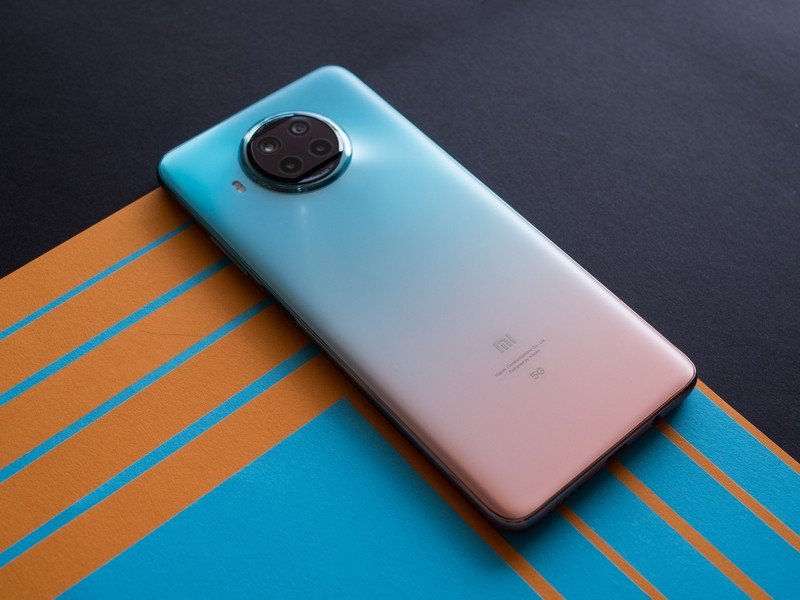
Although the Mi 10i is technically branded in the Mi 10 series, it doesn't share any design similarities with the Mi 10 or the Mi 10T. If anything, the device looks a lot like the POCO X3 thanks to the design of the camera housing at the back.
The Mi 10i combines an exquisite gradient finish with great hardware and a massive battery.
The Mi 10i is aimed at a younger audience, so Xiaomi went with a bold gradient pattern. We haven't really seen many gradient designs last year, so it is good that they're making a comeback in 2021. I'm using the Pacific Sunrise color option, and it alternates between orange and cyan hues — it starts off with a cyan finish at the top, and switches to a wonderful orange hue at the bottom.
The effect is quite striking, and the hues extend to the mid-frame as well, giving the phone just that little bit of added flair. The Mi 10i has a glass back with a glossy finish, and you'll find a matte texture on the sides. The camera housing is another feature that immediately makes the phone stand out; it evokes memories of the OnePlus 7T for me, and the module itself doesn't protrude too much from the body of the device.
Up front, the Mi 10i has a hole-punch cutout that's located in the middle of the display. The phone has thin bezels at the top, with the bottom bezel just that little bit thicker. There's a grille above the screen that doubles as the secondary speaker.
You'll find the power and volume buttons on the right, the USB-C charging port at the bottom with the primary speaker on its right, and the IR blaster at the top. Like the Mi 10T series, Xiaomi has added a side-mounted fingerprint sensor that's baked into the power button, and the sensor itself is fast to authenticate and doesn't have any issues.
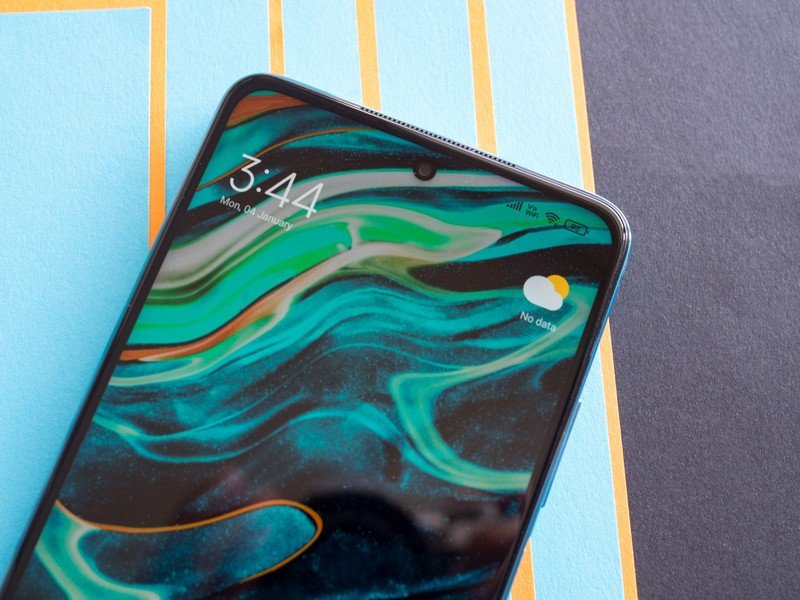
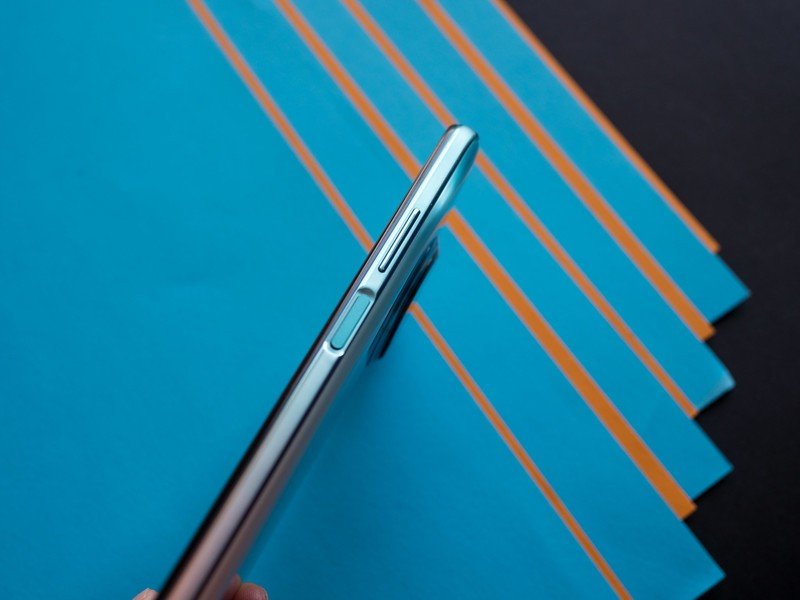
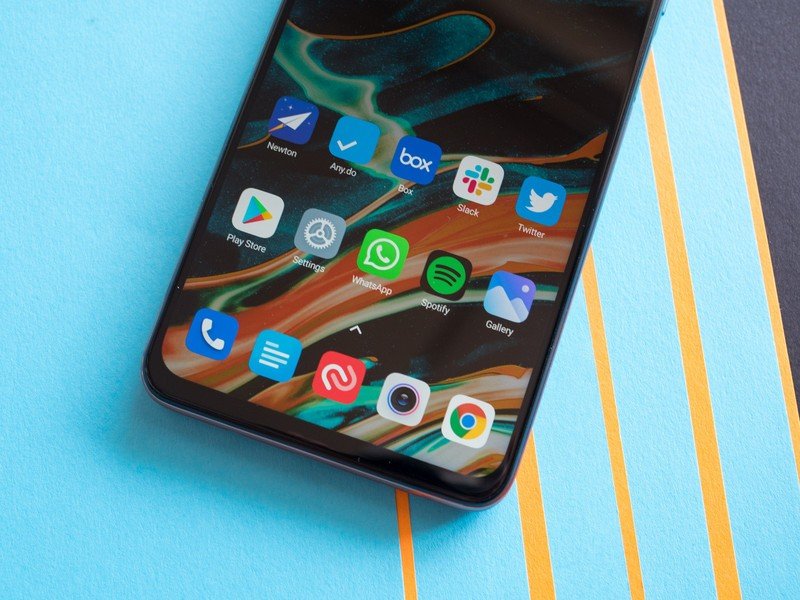
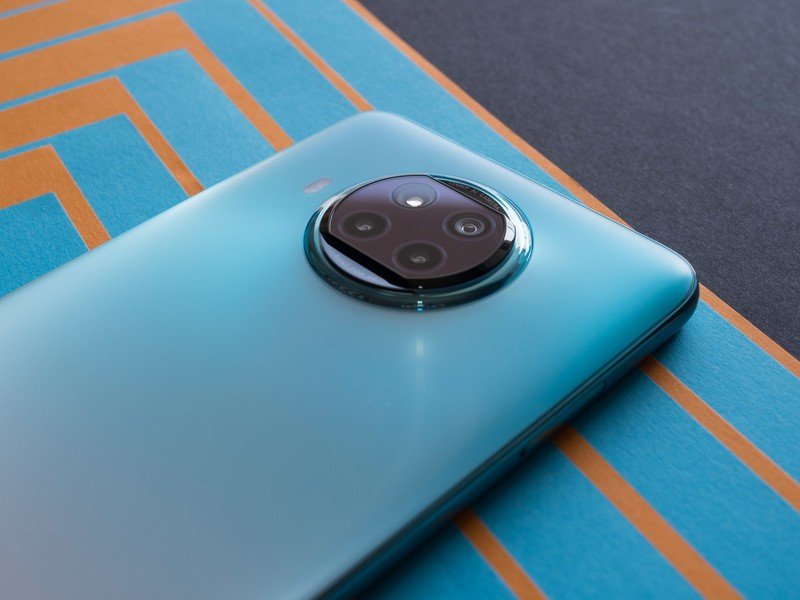
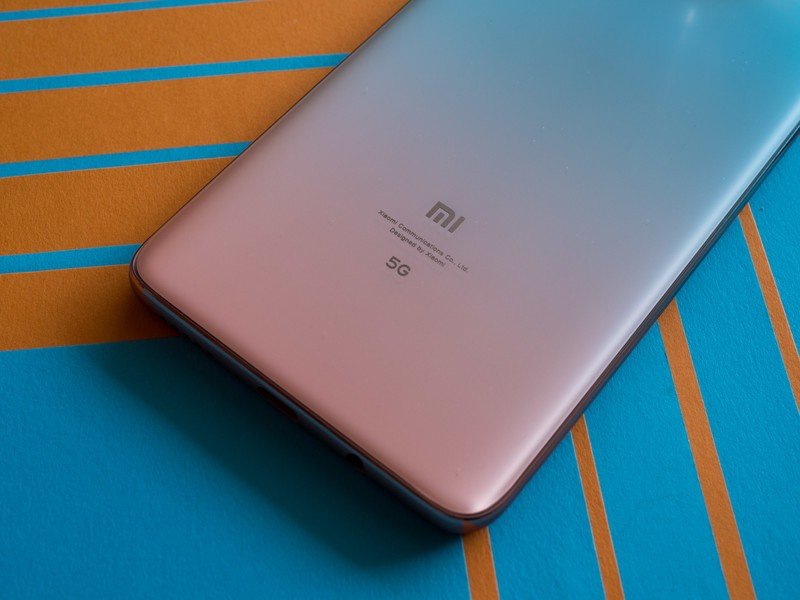
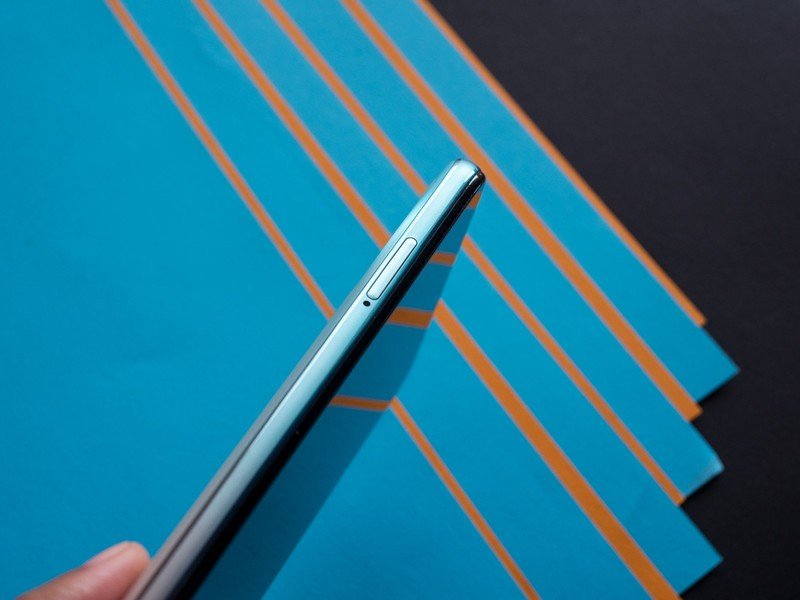
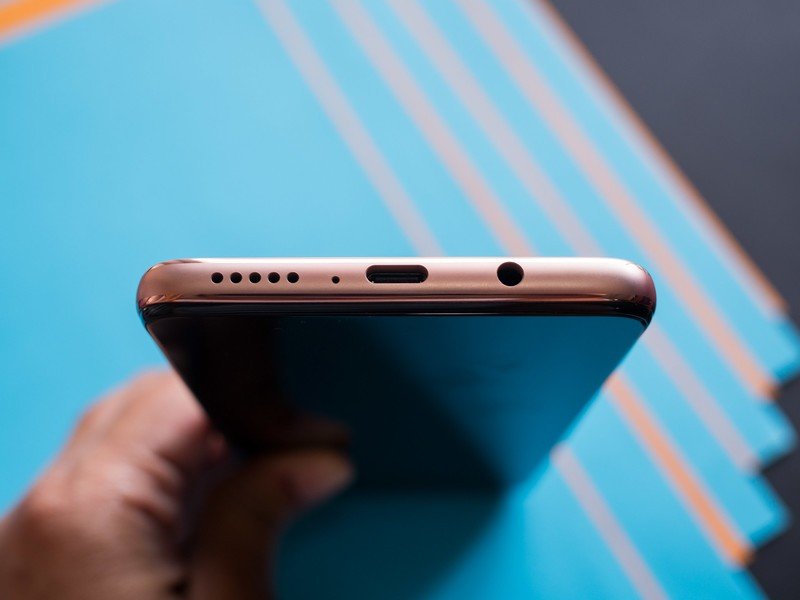
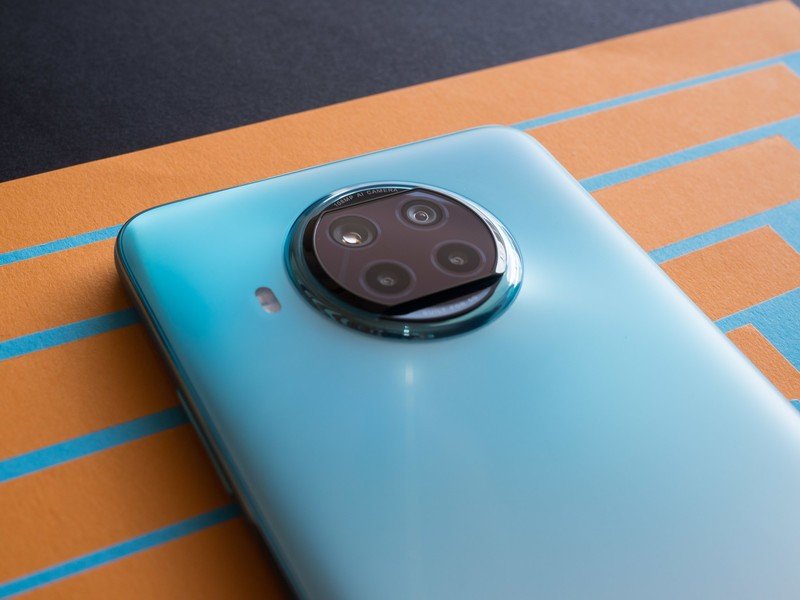
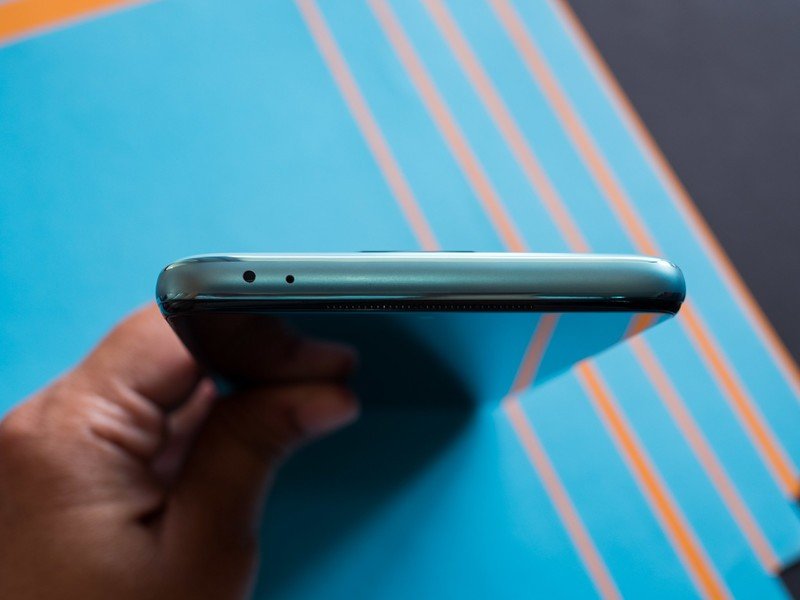
Remember when Xiaomi got rid of the 3.5mm jack on the Mi 6 and said it did so to accommodate a larger battery? Well, the analog jack makes its return on the Mi 10i, and the device is packing a 4800mAh battery. The addition of the 3.5mm jack is another differentiator for the Mi 10i — it is the only model in the Mi 10 series to feature one. The Mi 10i also has a hybrid SIM card tray, and you can slot in two SIM cards or a SIM card along with a MicroSD card.
With dimensions of 165.3 x 76.8 x 9mm, the Mi 10i is nearly identical to the Mi 10T Pro in size, and at 214g it is just 4g lighter. The phone itself feels great to hold and use thanks to the matte coating on the sides, and the power button is ideally positioned for your thumb to unlock the phone.
Overall, this is one of the most attractive designs you'll find in the mid-range segment today, but if you're not a fan of the iridescent pattern you have the option to pick up the phone in black or blue.
Xiaomi Mi 10i Display
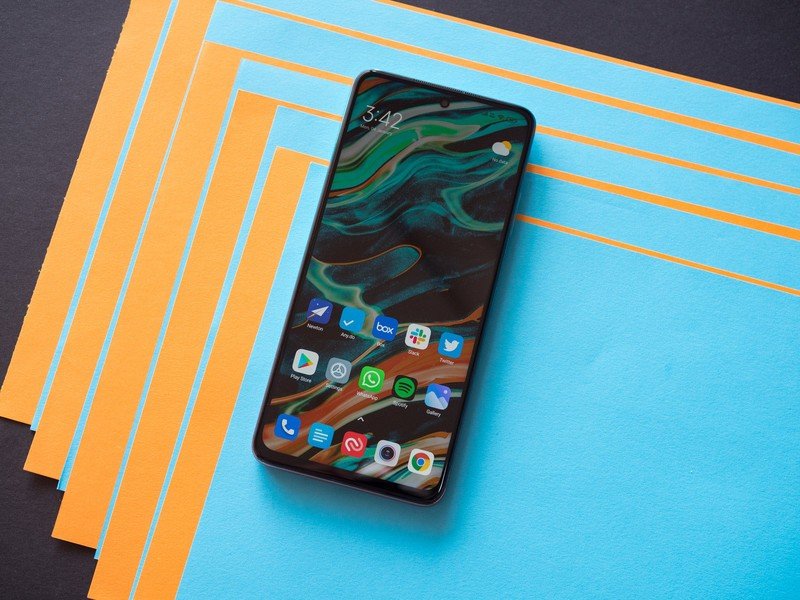
The Mi 10i has a massive 6.67-inch LCD panel with a 120Hz dynamic refresh rate tech. The screen has a resolution of 2400 x 1800, and you get a layer of Gorilla Glass 5 at the front and back.
Xiaomi's dynamic refresh rate tech is a clear standout on the Mi 10i.
There is some light bleed around the front camera module, but it isn't distracting enough to be a problem. As for the panel itself, it is decent enough for what you're paying here. You miss out on the color vibrancy that you get with a high-end AMOLED screen, but you can adjust the color profile to your tastes. For what it's worth, I didn't have too many issues with the screen itself.
The key differentiator with the Mi 10i is the AdaptiveSync tech that switches refresh rate on the fly based on what you're doing on the phone. For social media, browsing, or navigating the UI, you'll get the full 120Hz mode, with games running at 60, 90, or 120fps. For movies, the screen switches over to 48Hz, with TV shows at 50Hz, and videos at 30 or 60Hz.
The dynamic scaling is designed to optimize battery life while delivering the best fidelity when interacting with the screen, and Xiaomi has done a great job here. The Mi 10i also has stereo sound, and while it's not on the same level as the Mi 10, it is enjoyable to use the device for playing games or streaming videos. It has Widevine L1 out of the box, giving you the ability to stream your favorite shows in Netflix, Prime Video, or other streaming services at 1080p.
Xiaomi Mi 10i Hardware
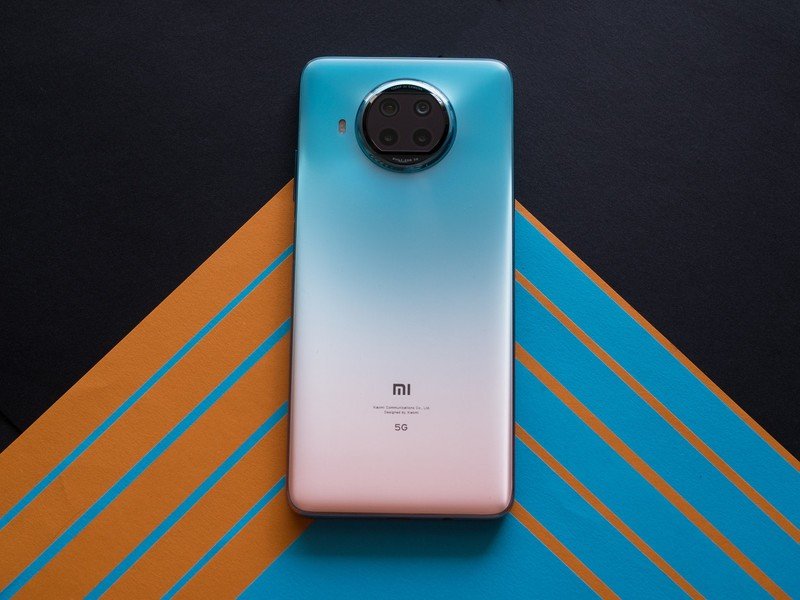
The Mi 10i is one of the first phones to be powered by Qualcomm's shiny new Snapdragon 750G chipset. We've seen most mid-range devices in 2020 feature the Snapdragon 765G, and the 750G builds on that foundation but with a few key differences. It has two Cortex A77 cores that go up to 2.2GHz and six Cortex A55 cores at up to 1.8GHz — whereas the 765G has two Cortex A76 cores.
| Specs | Xiaomi Mi 10i |
|---|---|
| Software | Android 10, MIUI 12 |
| Display | 6.67-inch 120Hz LCD |
| Chipset | 2.20GHz Snapdragon 750G |
| RAM | 6GB/8GB |
| Storage | 128GB |
| Rear Camera 1 | 108MP ƒ/1.75 (primary) |
| Rear Camera 2 | 8MP ƒ/2.2 (wide-angle) |
| Rear Camera 3 | 2MP (macro) |
| Front Camera | 2MP (portrait) |
| Connectivity | Wi-Fi ac, BT 5.0, NFC |
| Battery | 5000mAh, 33W USB PD |
| Security | Side-mounted fingerprint |
| Colors | Pacific Sunrise, Blue, Black |
| Dimensions | 165.3 x 76.8 x 9mm |
| Weight | 214g |
The Snapdragon 750G also has a built-in X52 5G modem, and the Mi 10i has Sub-6 connectivity in India — although you won't be able to use it for a few years as there's no 5G service in the country at the moment. The Snapdragon 750G also has an Adreno 619 GPU and is built on the 8nm node. For context, the 765G has the Adreno 620 is fabbed on a 7nm node.
So for the most part, the Snapdragon 750G delivers nearly the same level of performance as the 765G. I didn't notice any issues when playing games or other day-to-day tasks on the Mi 10i, and the phone is just as reliable as the Nord or any other mid-range device you'll find today.
Elsewhere, you'll find LPDDR4X RAM module and a UFS 2.2 storage module, with the Mi 10i available in three configurations in India: a base 6GB/64GB model that starts off at just ₹20,999, a 6GB/128GB model, and an 8GB/128GB option. There's also a linear vibration motor that delivers decent haptic feedback; it's good to see Xiaomi make decent progress in this particular area.
The biggest standout on the hardware side is the addition of IP53 rating; the Mi 10i has decent protection against dust ingress, and it can withstand water failing at up to a 60-degree angle. It isn't quite the same as the standard IP68 that we see on most flagships, but it is a positive move from Xiaomi.
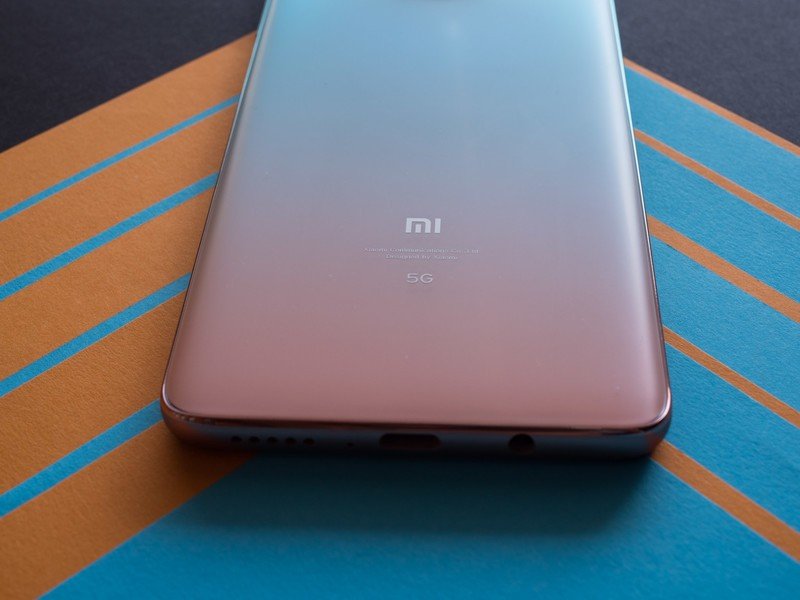
Now let's talk about the battery life. The Mi 10i has a 4800mAh battery with 33W USB PD fast charging, and Xiaomi includes a 33W charger in the box. The phone goes from zero to 100% in just over an hour, delivering up to a 65% charge in just 20 minutes. The bundled charger works with the USB PD protocol, making it ideal for charging other devices as well.
The Mi 10i lasts over a day without any issues, and I had no problems whatsoever in this particular area. The phone ticks all the right boxes when it comes to the hardware, and we should see more phones powered by the Snapdragon 750G over the coming months.
Xiaomi Mi 10i Cameras

The Mi 10i features the Samsung HM2 imaging sensor, with Xiaomi noting that it is the smallest 108MP camera module. The module uses 9-to-1 pixel binning to deliver 12MP shots. The sensor itself is 0.7 micron, but with the pixel binning Xiaomi was able to get it to 2.1 micron. Samsung uses 9-to-1 pixel binning on the S20 Ultra and Note 20 Ultra, and Xiaomi is now following suit with the Mi 10i.
As for the rest of the sensors, you get an 8MP wide-angle lens that's decent enough in its own right, but the 2MP macro and 2MP portrait lenses don't really move the needle for me. It's clear that these sensors exist solely for the quad camera branding that Xiaomi is going for, but for what it's worth you're at least getting two decent cameras here.
The camera interface itself should be immediately familiar if you've used a Xiaomi phone in the last year or so, with the shooting modes laid out in a ribbon at the bottom and toggles available for things like flash, timer, beauty effects, and more.
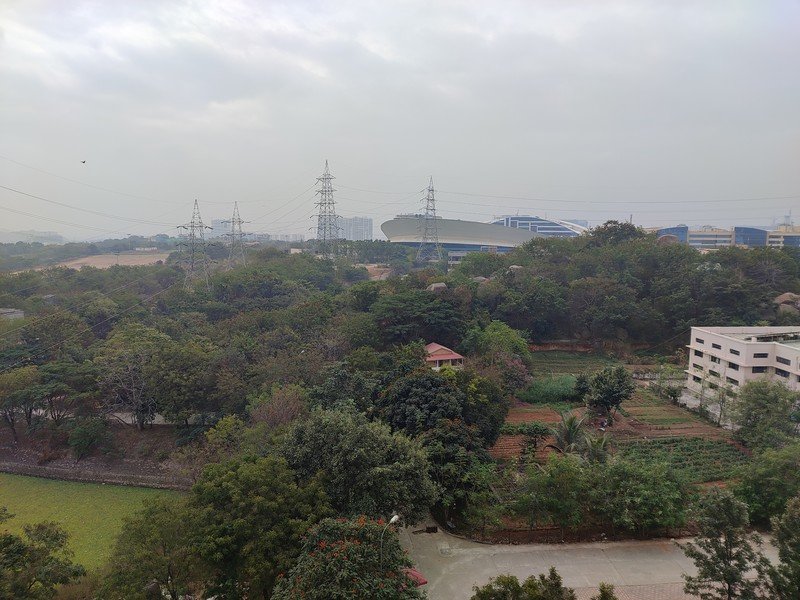


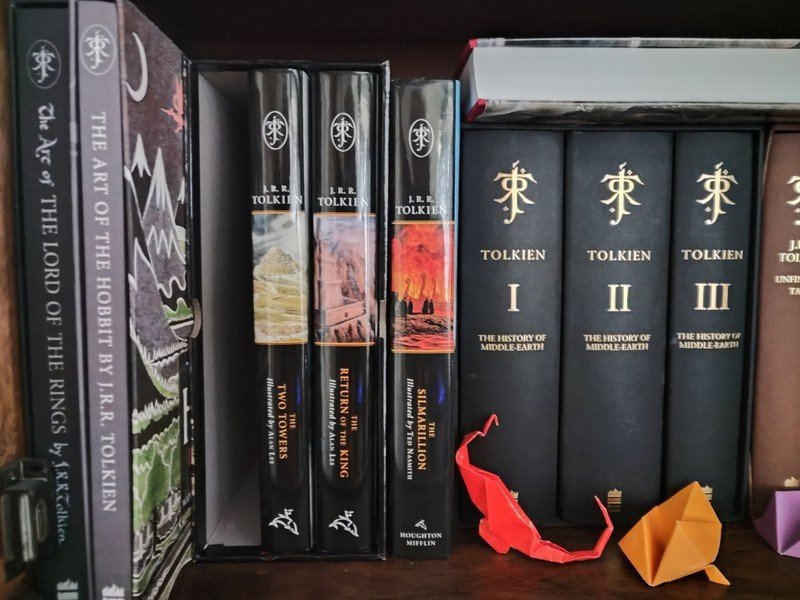
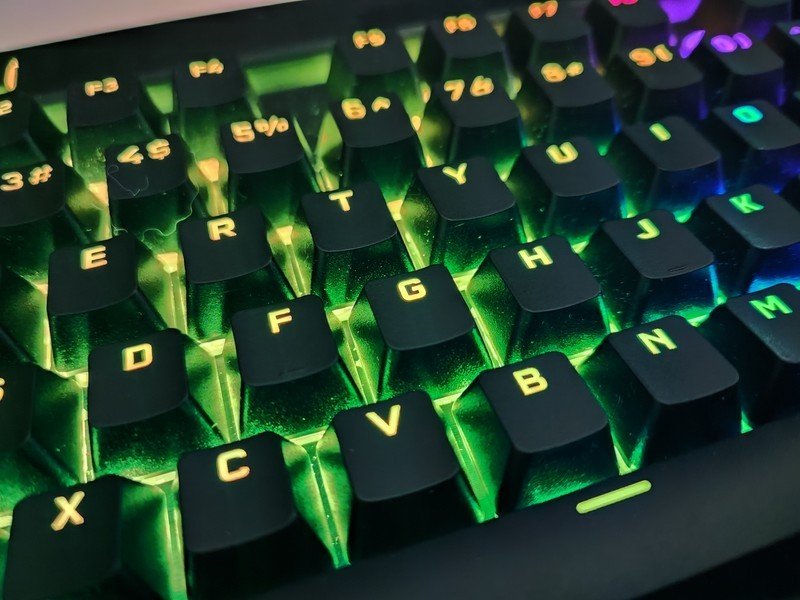



As for the camera quality itself, it is pretty decent for what you're ultimately paying for the phone. The resultant image quality isn't as good as the regular Mi 10 or even the Mi 10T, but it is better than most devices in this particular category — including the Nord. The daylight shots have good dynamic range and vibrant colors, but the low-light images are too grainy, with colors looking washed out.
You get a 16MP camera at the front, and it is aggressive with smoothening effects — much like every other Xiaomi phone. So overall, the Mi 10i has a lot to offer in this particular category, but that 108MP camera isn't as good as what you'll find on the Mi 10.
Xiaomi Mi 10i Software
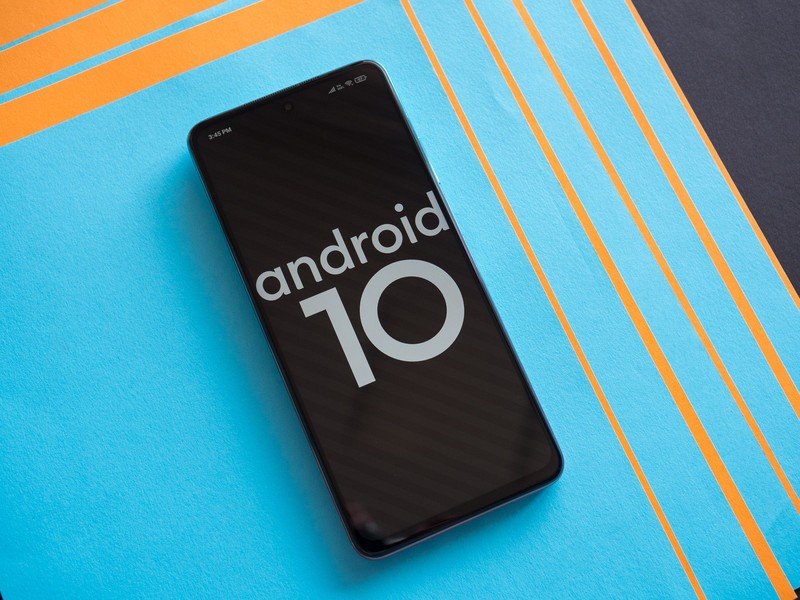
You know how this section goes. Xiaomi has always delivered great hardware, but its main shortcoming continues to be the software. While MIUI 12 delivers much-needed changes and a cohesive UI that makes it look modern, there are lingering issues.
My biggest problem with the Mi 10i is that the phone runs Android 10 out of the box. Android 11 debuted nearly four months ago, and it is inexcusable for any brand to release a device running Android 10 in 2021. I asked Xiaomi as to why the Mi 10i isn't based on Android 11, and was told that the software team prioritized dual wake word integration in lieu of the Android 11 build.
It's inexcusable for any phone released in 2021 to run Android 10 out of the box.
What is dual wake word, you ask? It's the ability to use the wake word for both Google Assistant and Alexa out of the box. The Mi 10i is being sold on Amazon India, and Xiaomi clearly made a business decision here to focus on integration Alexa wake word integration instead of delivering a MIUI 12 build based on Android 11.
Qualcomm usually bakes this feature into its high-end SoCs, but as that wasn't the case with the Snapdragon 750G, Xiaomi had to invest resources into adding Alexa integration. Xiaomi also said that the baseline Android 11 build for the Snapdragon 750G was delivered after the Snapdragon 865 and 765G, so there wasn't enough time to iron out the bugs and roll out a stable build at launch.
As a result, you're stuck with Android 10 on the Mi 10i, and there's no mention of when the MIUI 12 build based on Android 11 will be rolling out to the device. With more and more manufacturers making positive strides in terms of software updates, Xiaomi's lackadaisical attitude continues to be a roadblock.
The Mi 10i runs MIUI 12 build QJSINXM out of the box with the November security patch. MIUI 12 itself brings a lot of visual polish, and you get meaningful privacy and security features, fun new animations throughout the interface, exciting backgrounds, and an app drawer. But you'll find the same issues that plagued earlier versions of the UI; there's a lot of bloatware pre-installed out of the box, and some of it — like GetApps — cannot be uninstalled or even disabled.
For what it's worth, MIUI 12 doesn't have the sort of pervasive ads that you'll find on Redmi phones, so that's a clear positive. Xiaomi has defaulted to Google's dialer and Android Messages for texting, and the changes to MIUI 12 make it a delight to use for the most part. But the sheer amount of bloatware on the phone and the fact that it comes with Android 10 out of the box deters the experience.
Xiaomi Mi 10i The competition
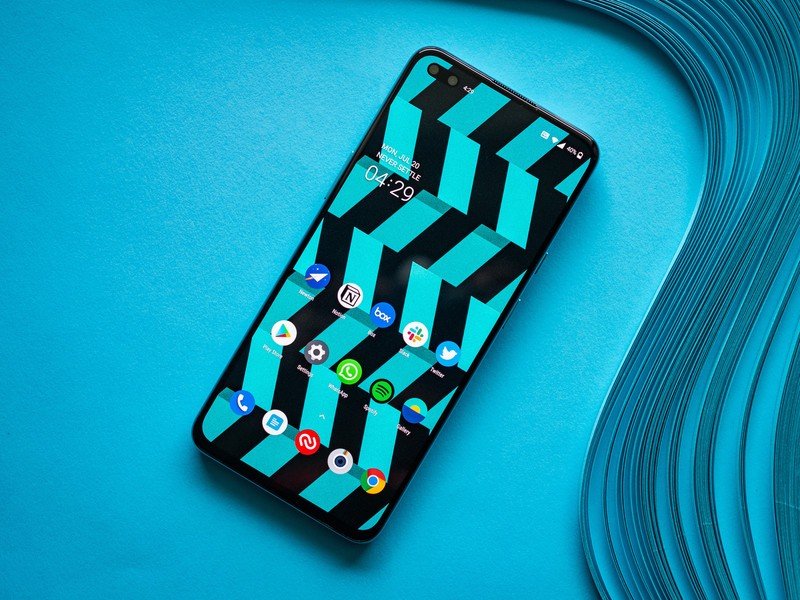
The obvious challenger to the Mi 10i is the OnePlus Nord. OnePlus' mid-range phone continues to dominate the sales charts in India, and it holds up well six months after its launch. You get a 90Hz AMOLED screen, decent 48MP camera, clean software, 30W fast charging, and a vibrant design. The Nord starts off at ₹24,999 ($342), but the 6GB/128GB model isn't available right now, so you will need to shell out ₹29,999 ($410) to get your hands on the 12GB/256GB version.
Then there's the Galaxy M51. Samsung's battery behemoth features a 7000mAh battery with 25W fast charging, and you get a 6.7-inch AMOLED panel, 64MP camera at the back, and Snapdragon 730G. The 6GB/128GB version of the M51 is now selling for ₹22,999 ($315), making it a decent alternative to the Mi 10i.
Of course, if you want the best camera in this segment, then the Pixel 4a is still a great option to consider. It is costlier at ₹31,999 ($440), but you great a truly outstanding camera, clean software with fast updates, and unlimited high-quality Google Photos uploads. Sure, it doesn't pass muster purely from a hardware point of view, but it is genuinely great in day-to-day use.
Xiaomi Mi 10i Should you buy?
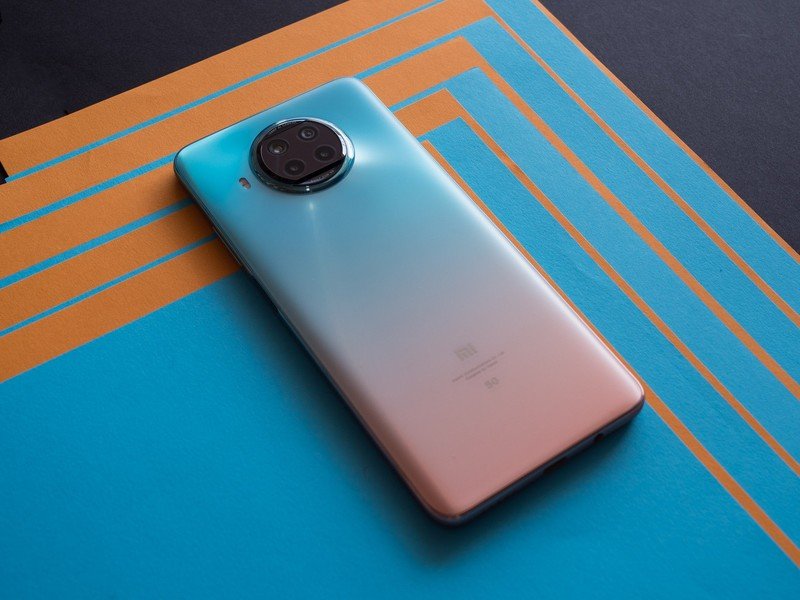
You should buy this if ...
You're in the market for a mid-range phone
The Mi 10i is one of the best mid-range phones you'll find right now, with the phone delivering great hardware and a robust camera along with excellent battery life and a 120Hz screen. Then there's that attractive gradient design, which makes the Mi 10i stand out. For what you're ultimately paying here, you are getting an insane value.
You want a high-res camera
The Mi 10i democratizes the 108MP camera, and if you're looking to get your hands on a phone that can take decent photos in most lighting conditions, you will love what the Mi 10i has to offer.
You need the extras
The Mi 10i has a 120Hz screen with dynamic refresh rate, a massive 4800mAh battery with 33W fast charging, a 3.5mm jack, and you even get IP53 dust and water resistance.
You should not buy this if ...
You want a clean UI without any bloatware
While MIUI 12 brings a lot of polish, the Mi 10i comes with a staggering amount of bloatware. What makes the situation worse is that some of this bloatware cannot be disabled or uninstalled.
You want timely updates
The Mi 10i runs Android 10 out of the box, and at this moment, it's unclear when the device will make the switch to Android 11. Xiaomi doesn't really have the best track record when it comes to platform updates, so you may be looking at a lengthy wait.
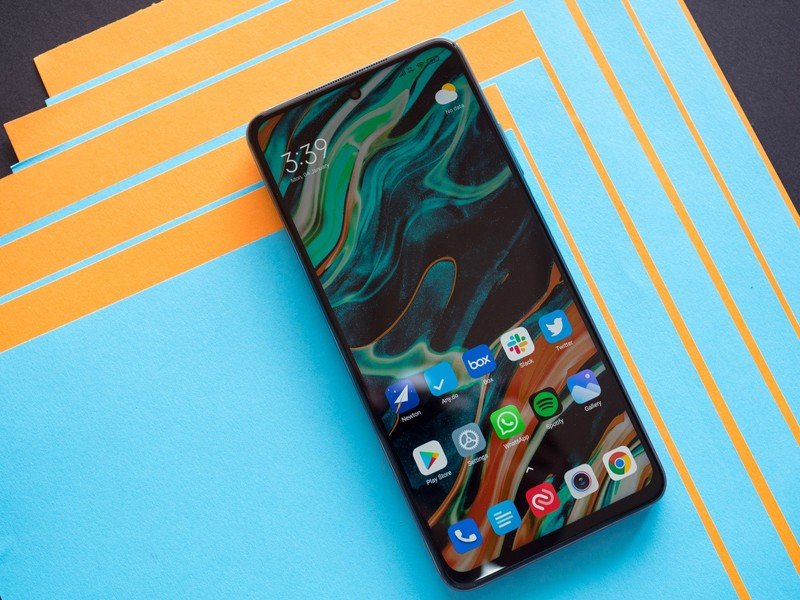
With the Mi 10i, it's clear that Xiaomi is aiming to deliver a reliable option in just about every segment. The Mi 10 holds its own in the flagship category, and the Mi 10T delivers most of the same features at a more affordable price. The Mi 10i slots into the heavily-contested mid-range segment, and Xiaomi has nailed the basics here.
The phone has a gorgeous design that allows it to stand on its own, and it has a 120Hz LCD screen, a decent 108MP camera, large battery with a 33W charger bundled in the box, IP53 water resistance, and a 3.5mm jack.
4 out of 5
Xiaomi is essentially able to undercut every other brand in this category because of its unique business model. Instead of making money directly on the hardware, it leverages its services to eke out more revenue over the lifetime of the phone.
That's why you see an insane amount of bloatware on the phone; Xiaomi is subsidizing the phone in part because of the deals to pre-install all these apps, and the fact that some of it cannot be uninstalled leads to a poor software experience. Then there's the fact that the phone comes with Android 10 out of the box — Xiaomi should have prioritized the Android 11 build instead of adding Alexa integration.
So if you don't mind all that bloatware, the Mi 10i is a pretty great option in India's mid-range segment. It delivers a better camera than the OnePlus Nord, has reliable hardware that will hold up fine for several years, and the design is gorgeous.
The Mi 10i is available in three versions: a 6GB/64GB model that is available for ₹20,999, a 6GB/128GB option for ₹21,999, and an 8GB/128GB device for ₹23,999. The high-end 8GB/128GB model undercuts the base version of the OnePlus Nord in India, so that gives you an indication of just how aggressive Xiaomi is being with the Mi 10i. And that particular strategy may just work out for the manufacturer.
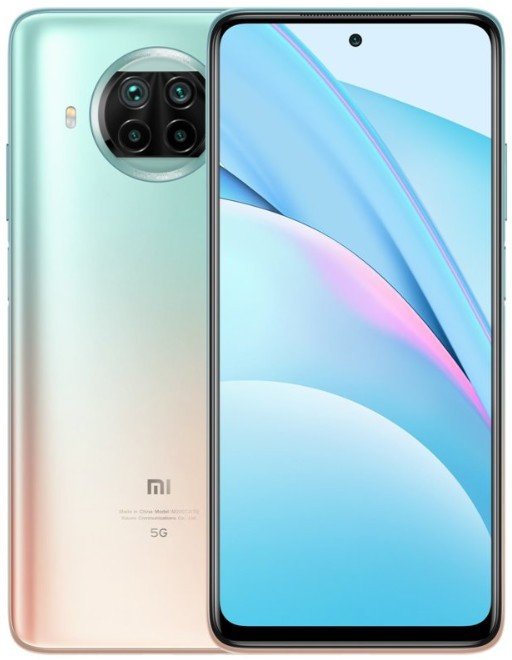
Xiaomi Mi 10i
Bottom line: The Mi 10i has a gorgeous design that's backed by reliable internal hardware, a 120Hz LCD screen, 3.5mm jack, stereo sound, and IP53 water resistance. The 108MP camera is a standout addition, and if you can look past the software issues, there is a lot to like here.

Harish Jonnalagadda is Android Central's Senior Editor overseeing mobile coverage. In his current role, he leads the site's coverage of Chinese phone brands, networking products, and AV gear. He has been testing phones for over a decade, and has extensive experience in mobile hardware and the global semiconductor industry. Contact him on Twitter at @chunkynerd.
